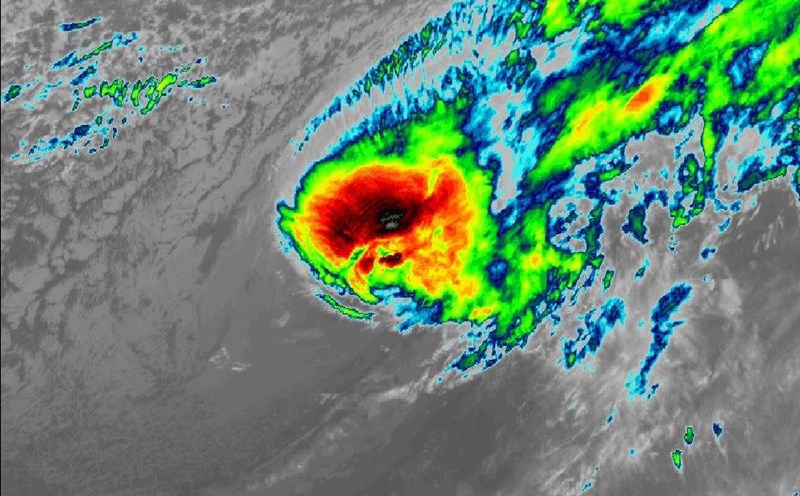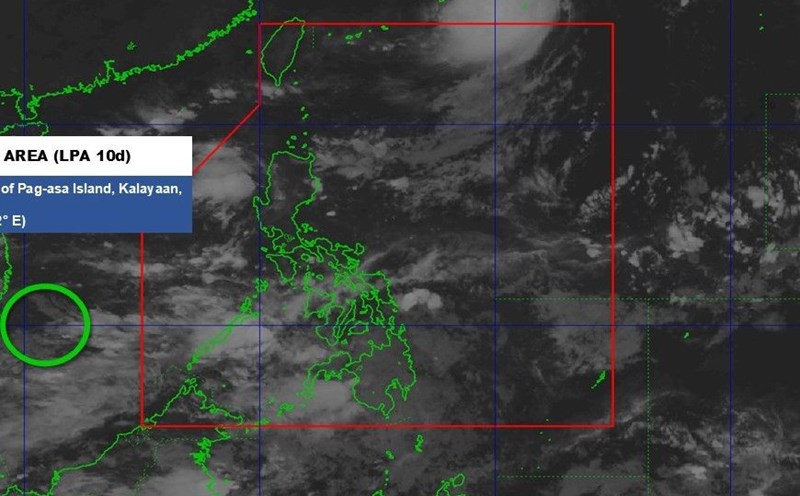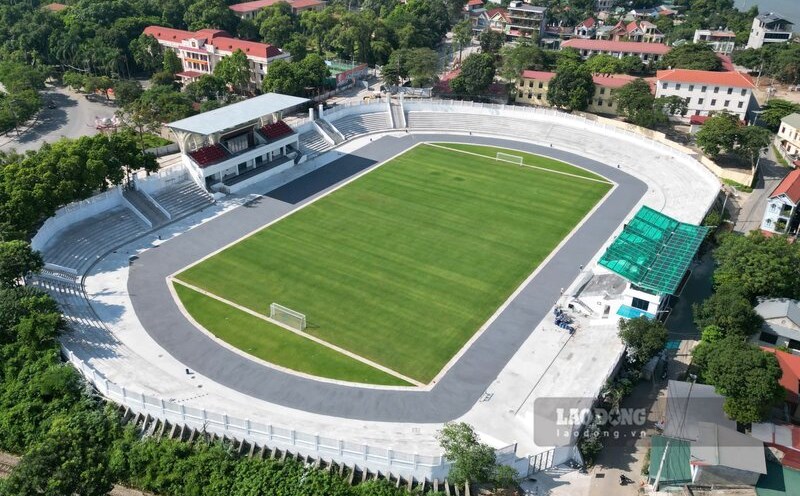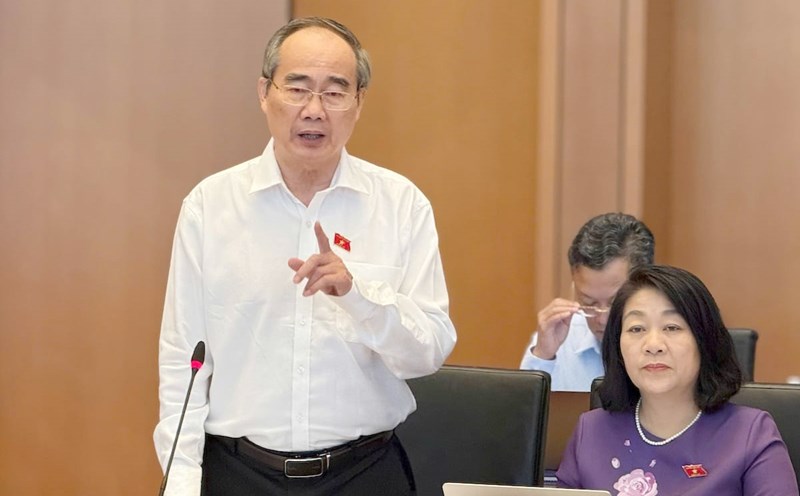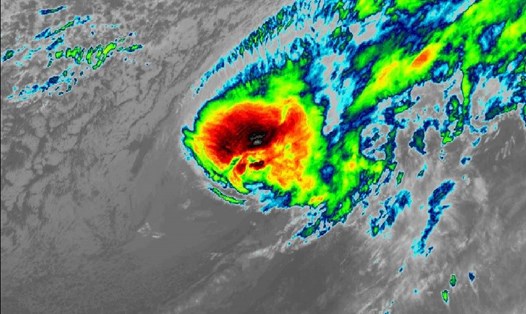According to Mr. Leung Wing-mo, former Deputy Director of the Hong Kong Observatory (China) and currently a spokesperson for the Hong Kong Meteorological Association (China), climate change is causing a significant change in the tropical storm model globally.
The number of storms/low pressure in the East Sea and Northwest Pacific is about 30 storms per year on average, but in the future it may be only 26-28. However, the rate of strong storms and super typhoons will increase significantly, he said.
Leung stressed that not only does the frequency of super typhoons increase, but their peak wind maintenance time is also longer, meaning greater level of devastation.
If the stronger wind period is longer, the damage will increase, and the amount of rain will also be more, leading to the risk of flooding and damage far exceeding the previous level, he explained.
This year's situation has partly proven that warning. Typhoon No. 9 Ragasa, the strongest super typhoon to hit Hong Kong (China) in many years, paralyzed the city for 2 days, damaged thousands of structures, injured more than 100 people and caused billions of Hong Kong dollars in damage.
Just a few weeks later, Typhoon Matmo continued to squeeze through, marking the 12th typhoon to activate a warning signal in the city - the highest level since 2014.
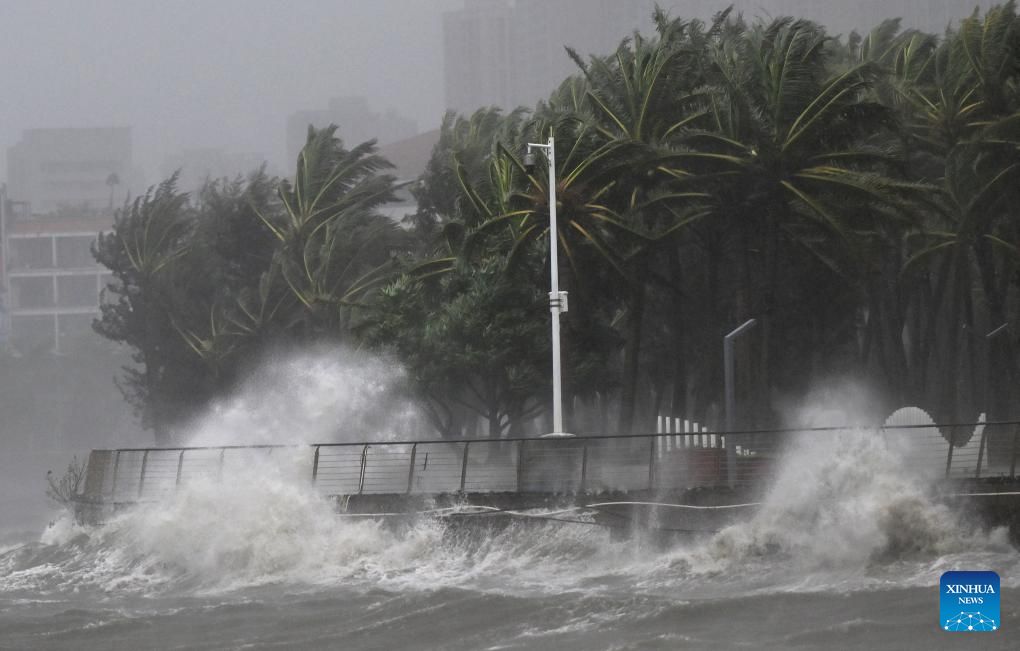
In the Tseung Kwan O area, a series of coastal restaurants had their glass doors broken by waves, tables and chairs washed onto the street, causing millions of dollars in damage. Notably, according to Mr. Leung, restaurants using thick wooden panels to cover themselves from the storm were almost unharmed, while those that only have glass cuaen glue were severely damaged. We cannot underestimate the impact of the super typhoon. Even a small measure such as replacing the tape with a wooden board can save the whole asset, he said.
On the government's side, the Hong Kong Development Agency (China) said it is pushing for measures to strengthen infrastructure to prevent flooding and major storms. The agencys leader, Bernadette Linn Hon-ho, said the government is strengthening inter-sectoral cooperation to improve the citys resilience to natural disasters.
The Hong Kong Drainage Agency (China) also deployed the "Mosaic Model Map" map system for the first time - a hydrological measurement and real-time rain data analysis tool, to identify areas prone to flooding and respond early.
Mok Wing-cheong, the agencys director, said the system has helped them proactively handle more than 240 vulnerable points ahead of Ragasa. The emergency response team has been increased to 200 groups this year, while water pumping robots have been operating for more than 2,600 hours to support flood drainage.
But experts warn that no matter how advanced the technology is, the power of nature is increasingly unpredictable. There will be two scenarios in the future: Either there is no storm, or if there is, it will be a super typhoon with unprecedented destructive power. That is the reality that we must prepare to face, Mr. Leung emphasized.


